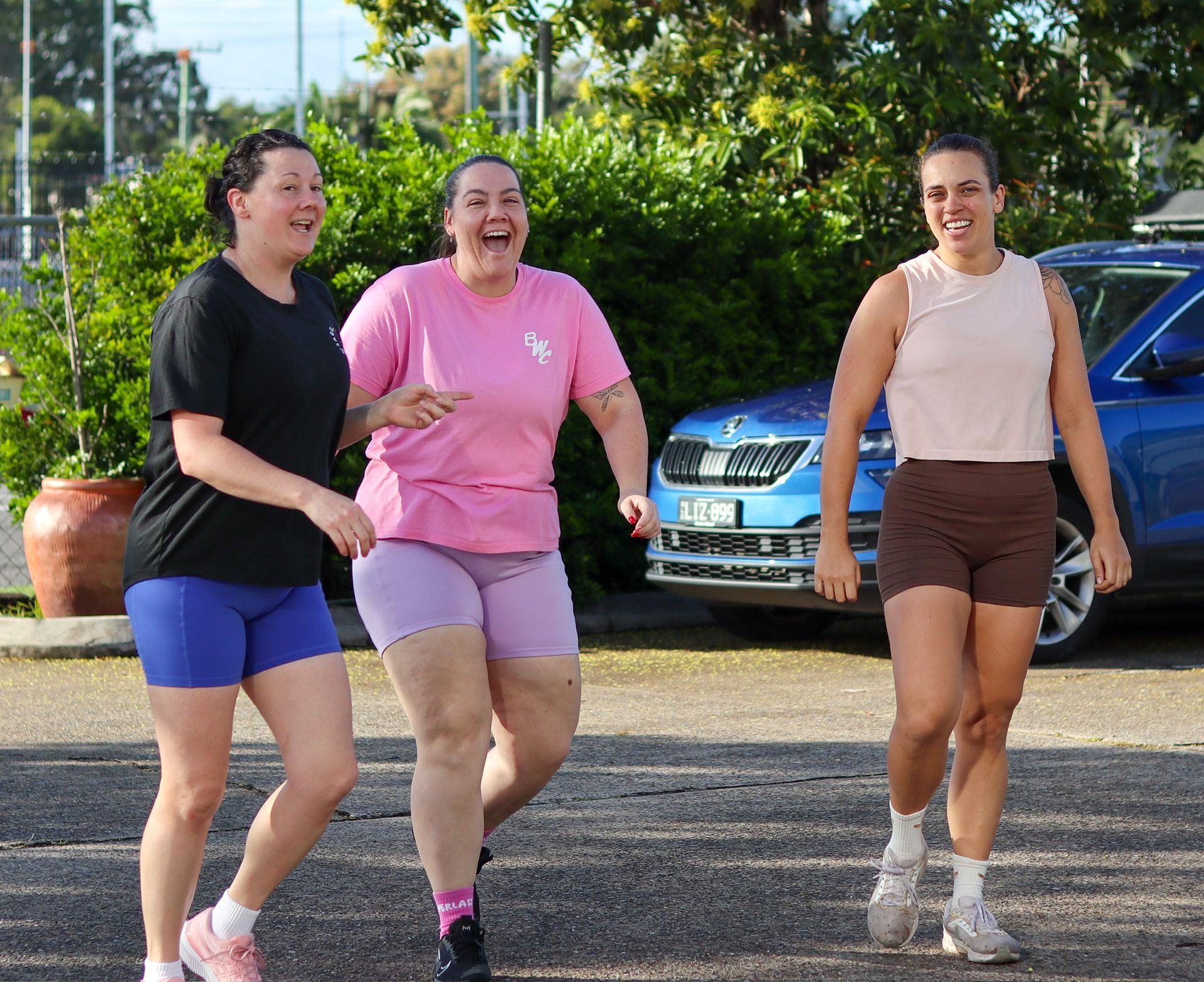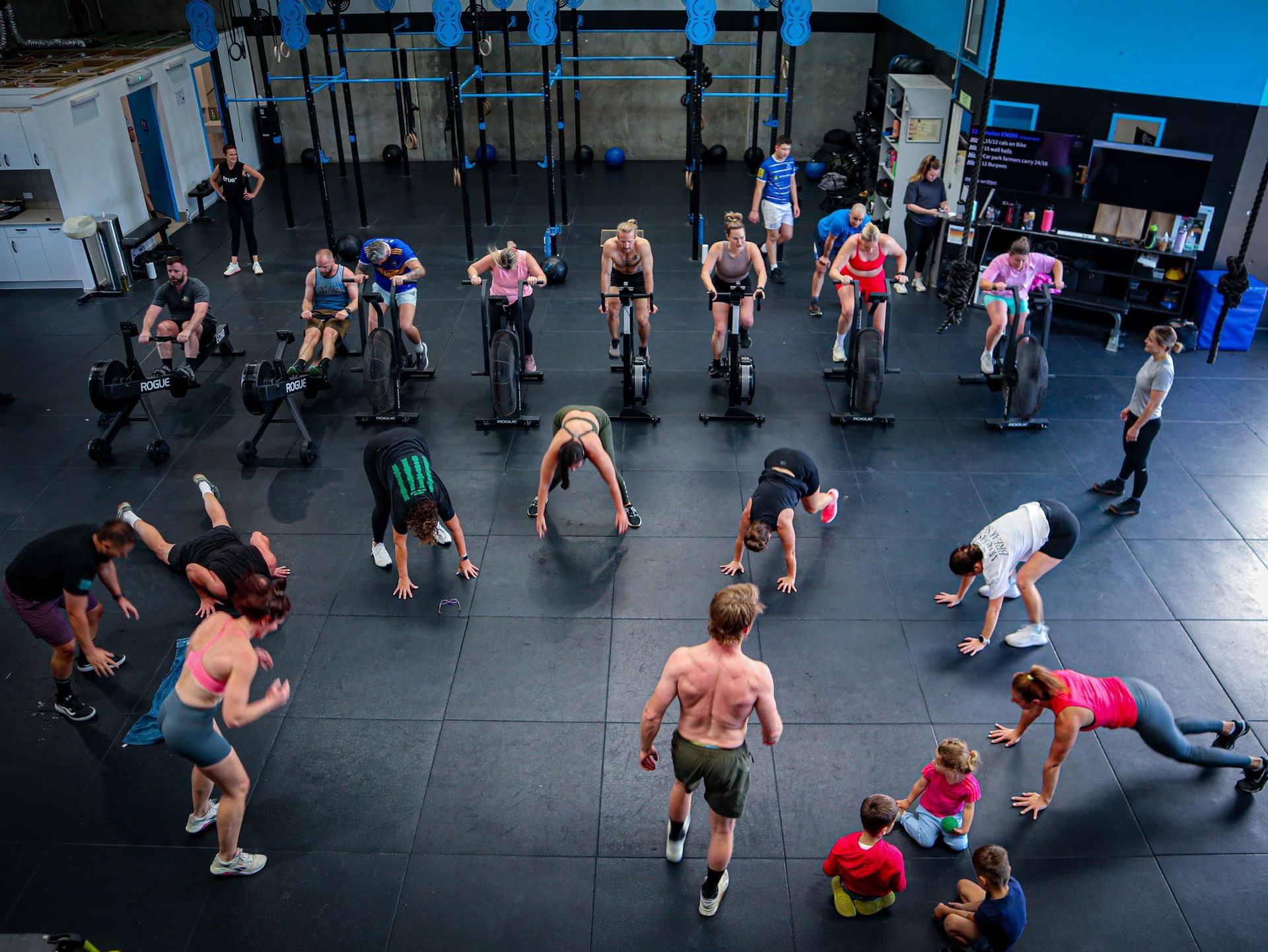Eccentric And Concentric Movements - What They Are And How They Lead To Gains
If you're looking to build strength and muscle mass, you may have heard about eccentric and concentric muscle contractions. These two types of movements are essential for building muscle and improving overall fitness.
What Are Concentric Movements?
Concentric movements occur when a muscle shortens as it contracts.
Examples of concentric movements include:
- Pulling yourself up during a pull-up
- The upward phase of a squat
- The curling phase of a bicep curl
- The pressing phase of a push-up
During these actions, the muscle fibres shorten as they generate force to move the body or an object.
What Are Eccentric Movements?
Eccentric movements occur when a muscle lengthens while under tension.
Examples of eccentric movements include:
- Lowering yourself down from a pull-up
- The downward phase of a squat
- The lowering phase of a bicep curl
- The lowering phase of a push-up
In these movements, the muscle is still contracting but is being stretched at the same time, often controlling the descent of the body or weight.
Why Are Eccentric Movements So Important?
While both types of movements are crucial, eccentric contractions are particularly powerful for muscle growth because:
- They cause more muscle damage (microtrauma) than concentric movements.
- They involve greater force production, creating more tension within the muscle fibres.
- Microtrauma triggers the body’s repair process, leading to stronger, larger muscle fibres.
- They require less energy than concentric movements, allowing you to perform more repetitions or handle heavier weights during the eccentric phase.
This controlled muscle damage is actually beneficial—it prompts the body to rebuild stronger and bigger muscles, leading to greater gains in strength and size over time.
Maximising Your Training Results
To maximise strength and muscle mass gains, it’s important to incorporate both eccentric and concentric movements into your training routine.
By strategically training both phases:
- You take full advantage of the muscle-building potential of each type of contraction.
- You ensure a more balanced and effective workout program.
- You can achieve your fitness goals more efficiently and safely.
Building strength and muscle mass isn't just about lifting heavy—it's about understanding how your muscles work and strategically training both eccentric and concentric contractions.
By doing so, you’ll set yourself up for
greater strength,
muscle hypertrophy, and
long-term success in your fitness journey.
Previous Blogs




